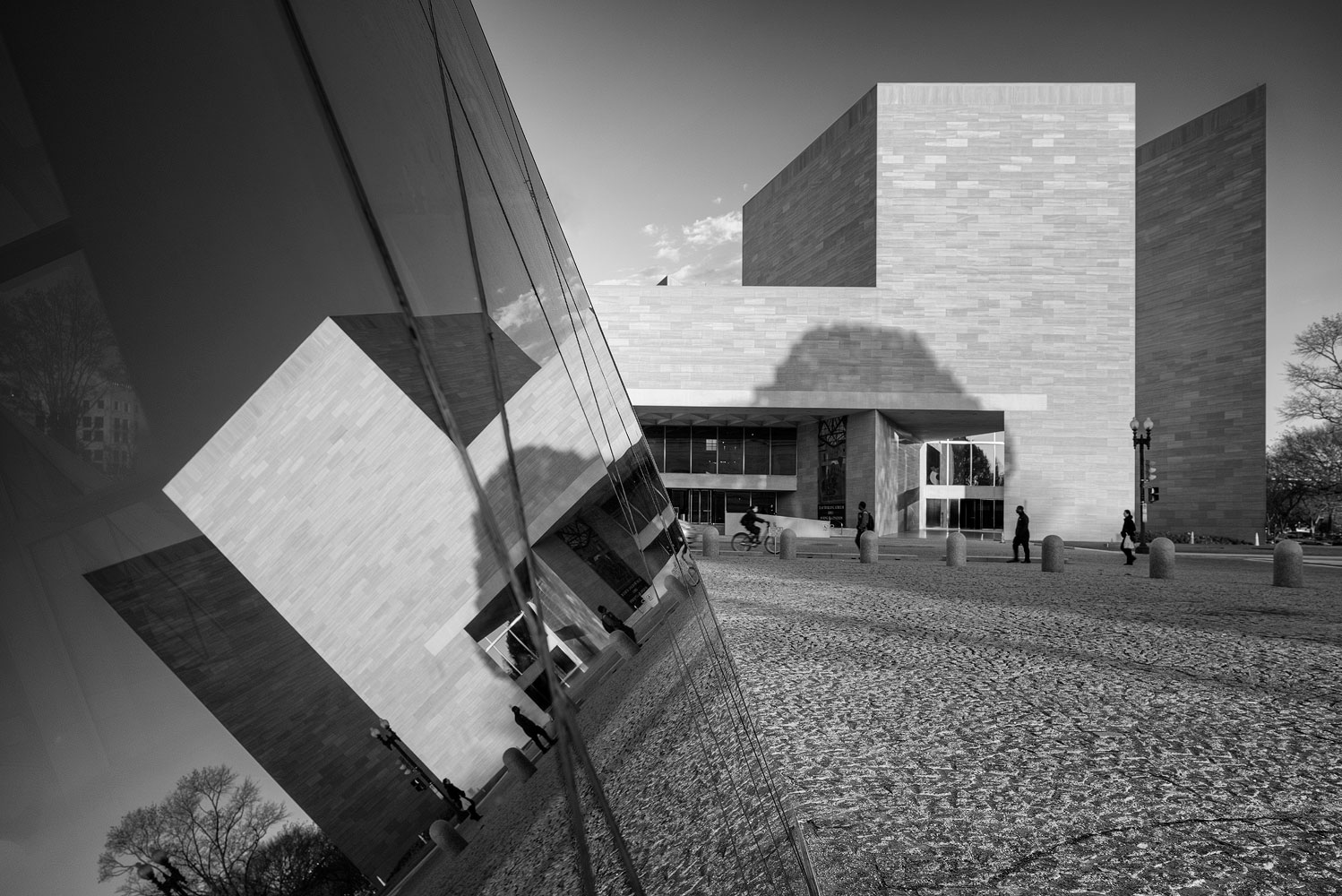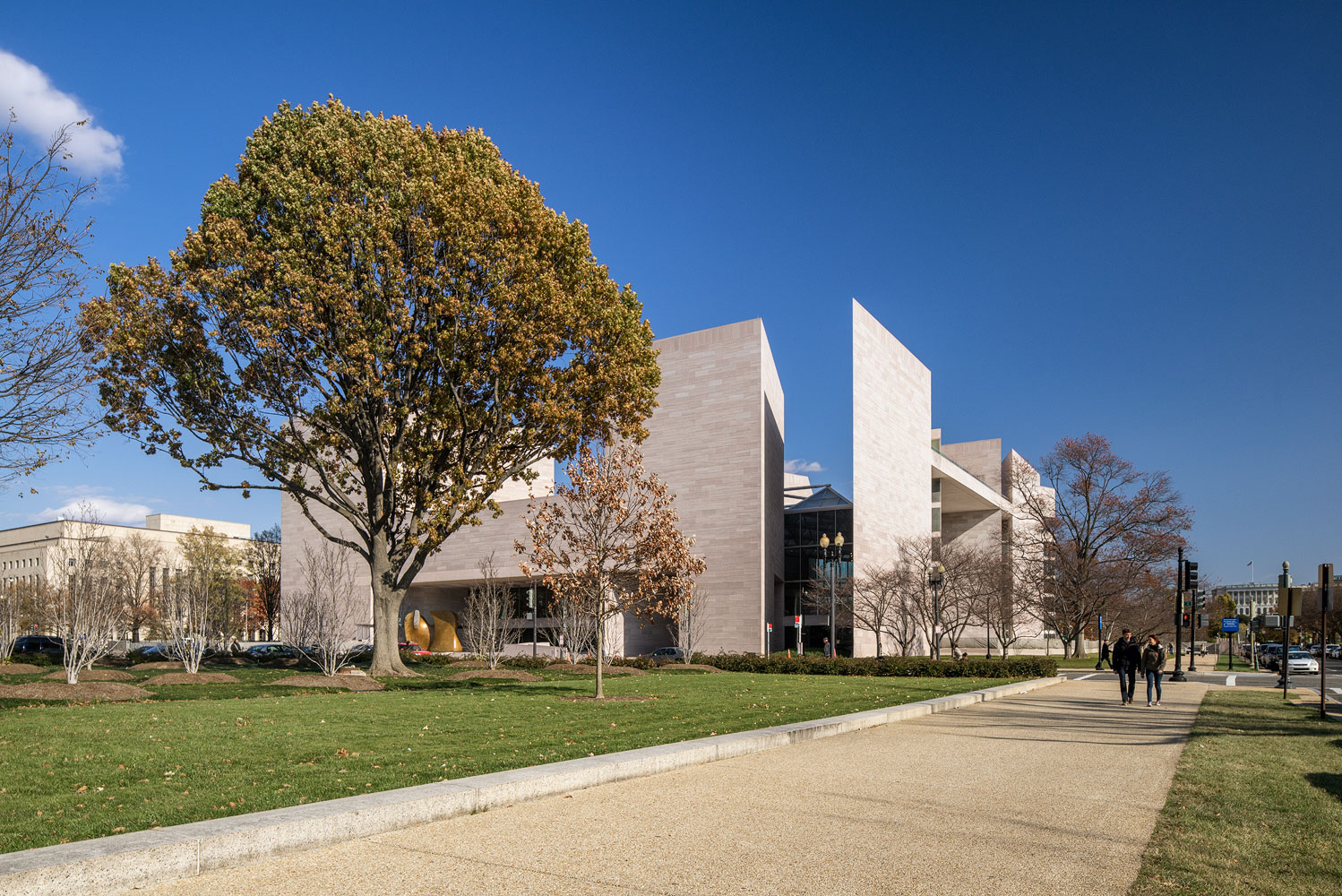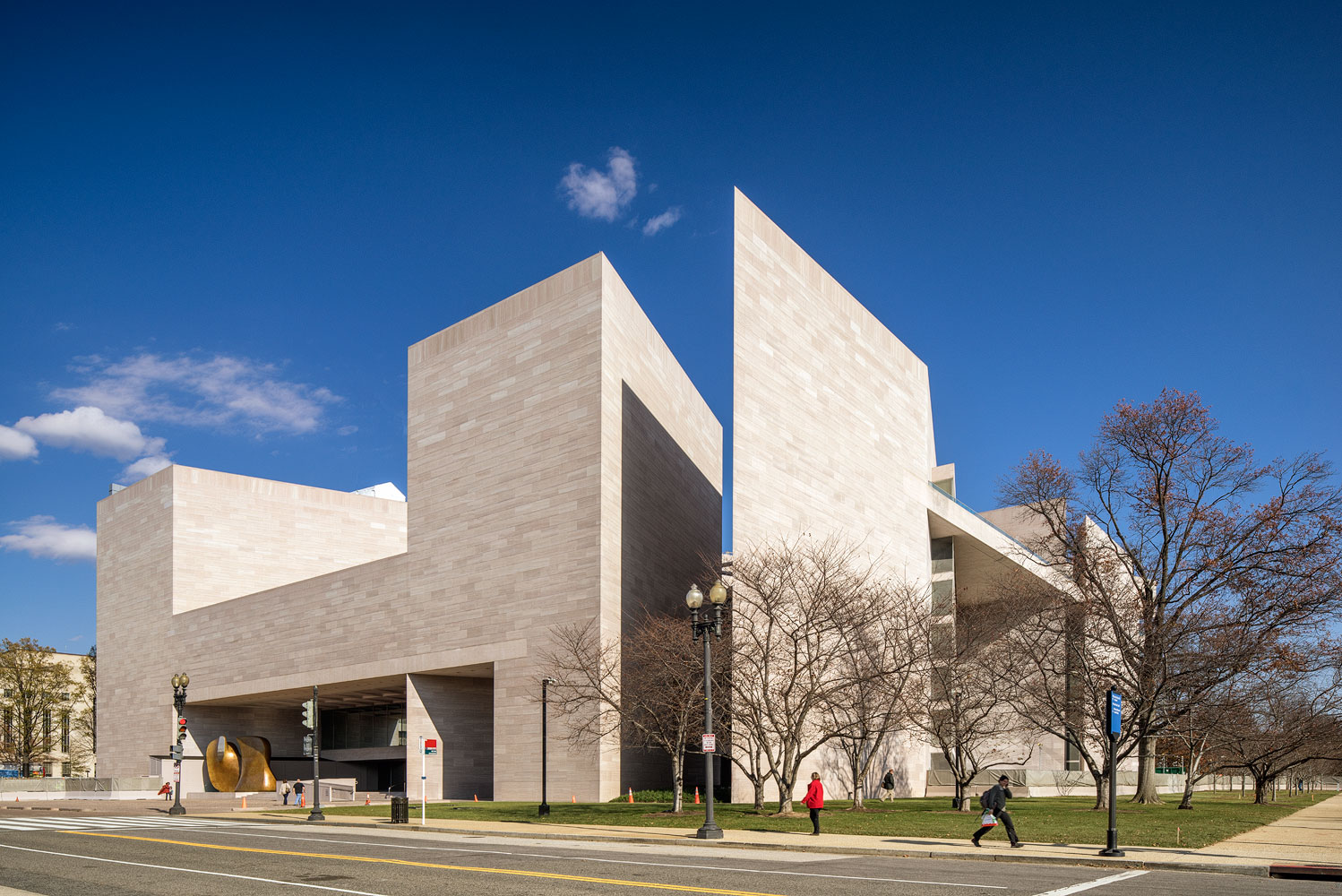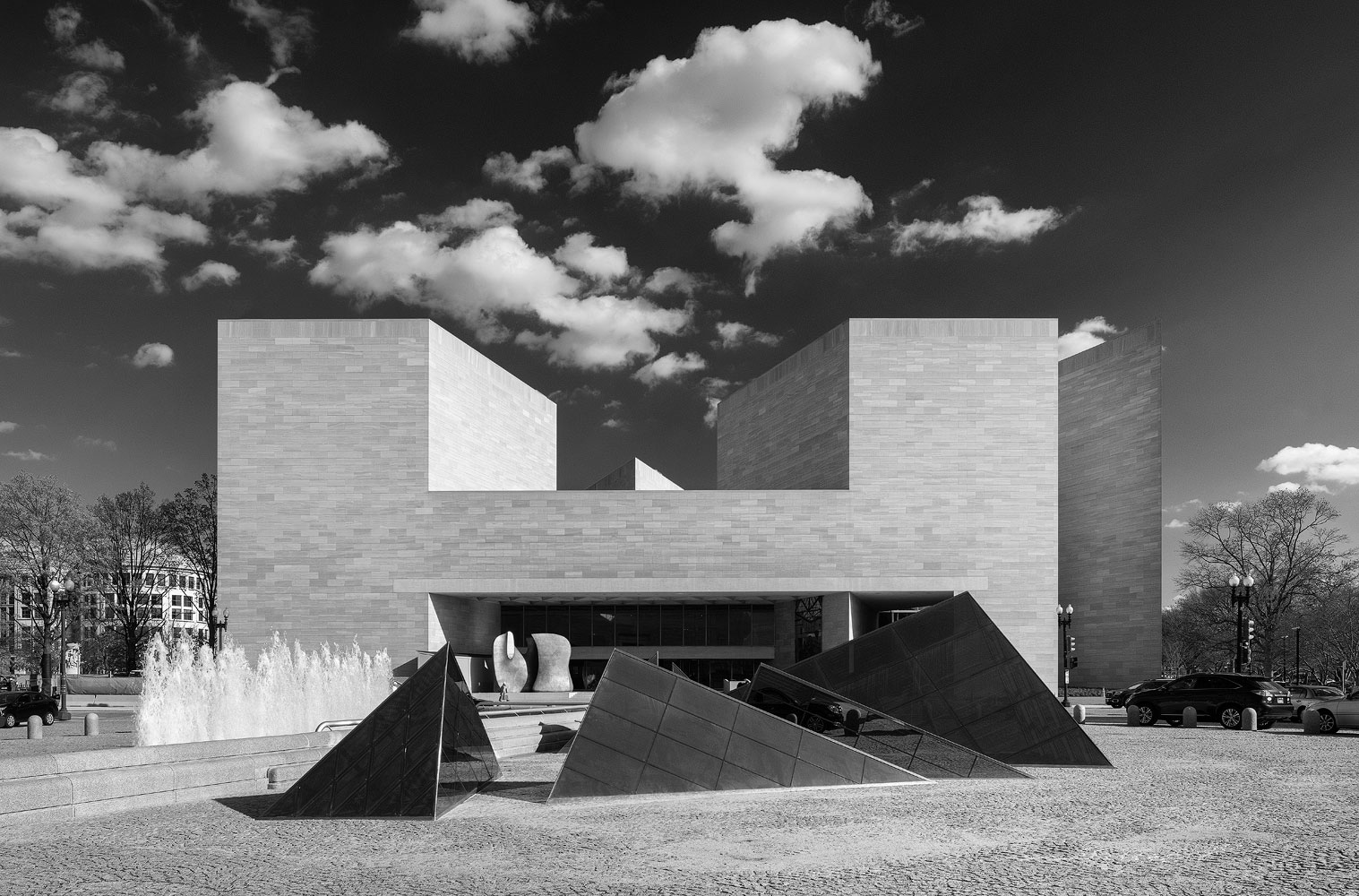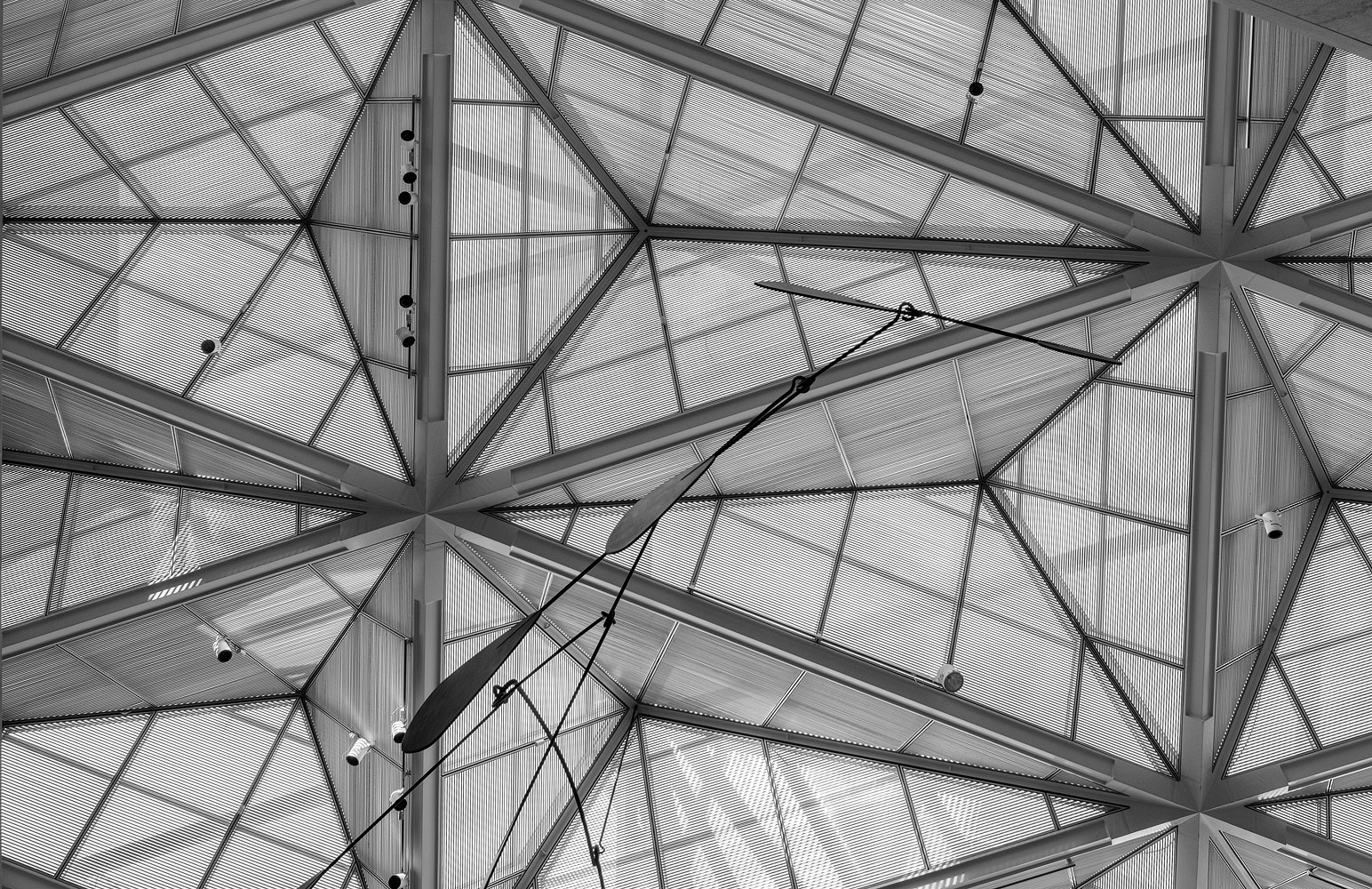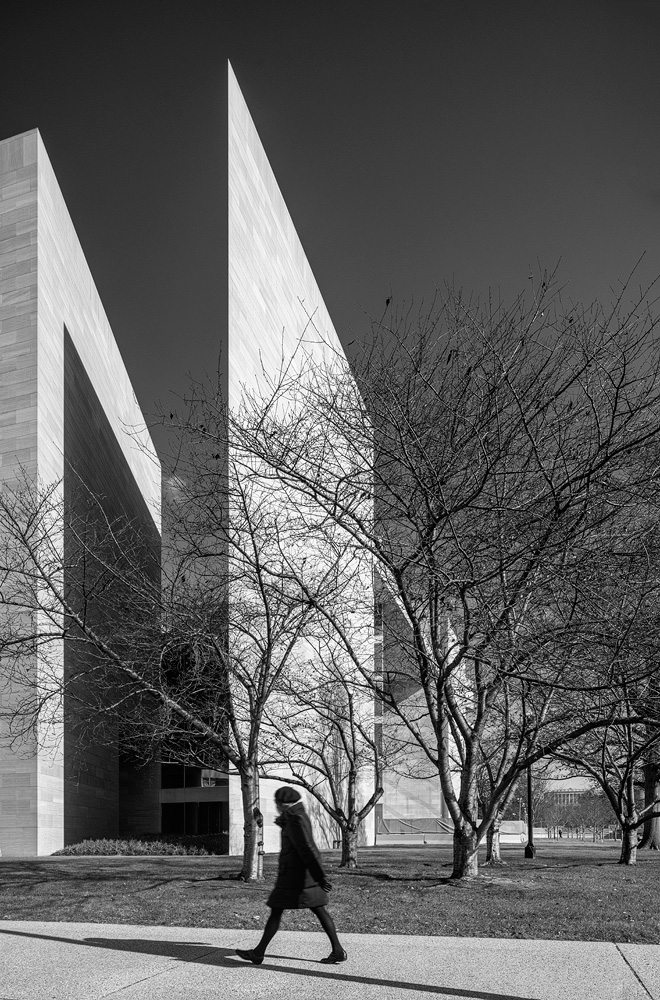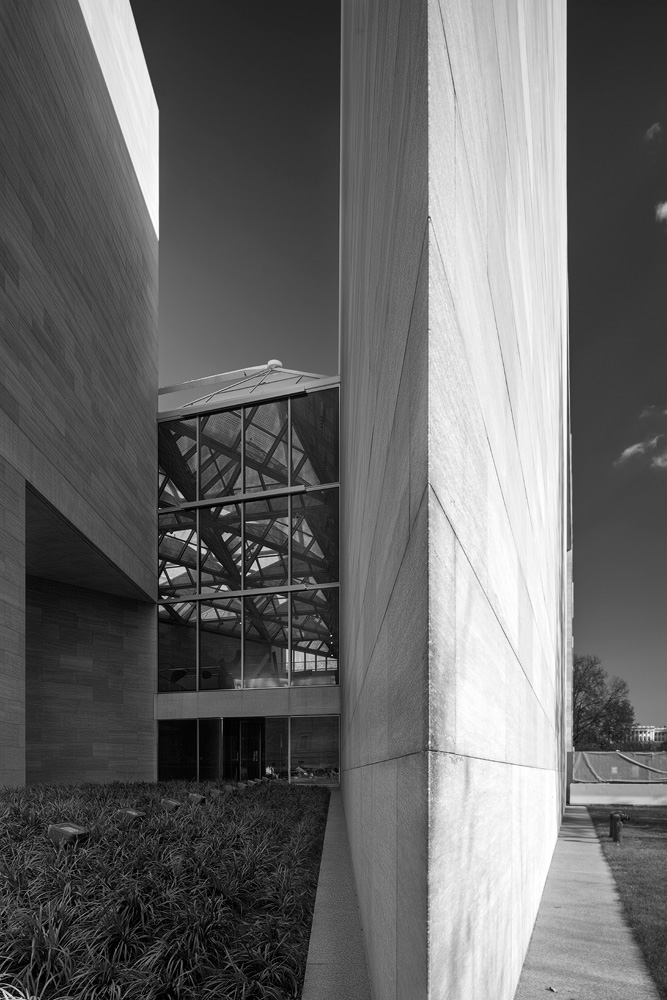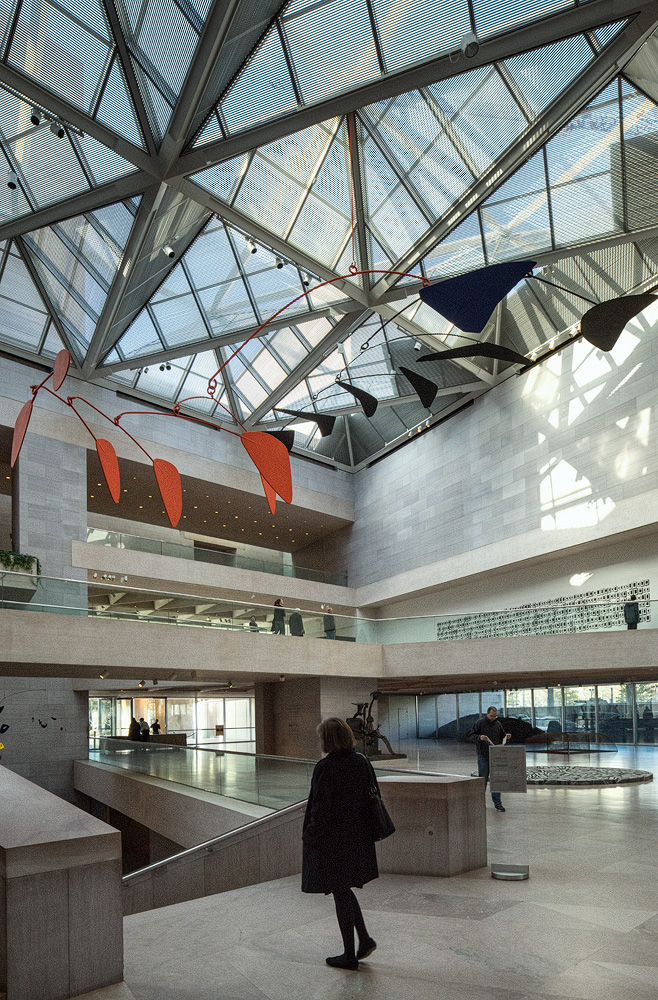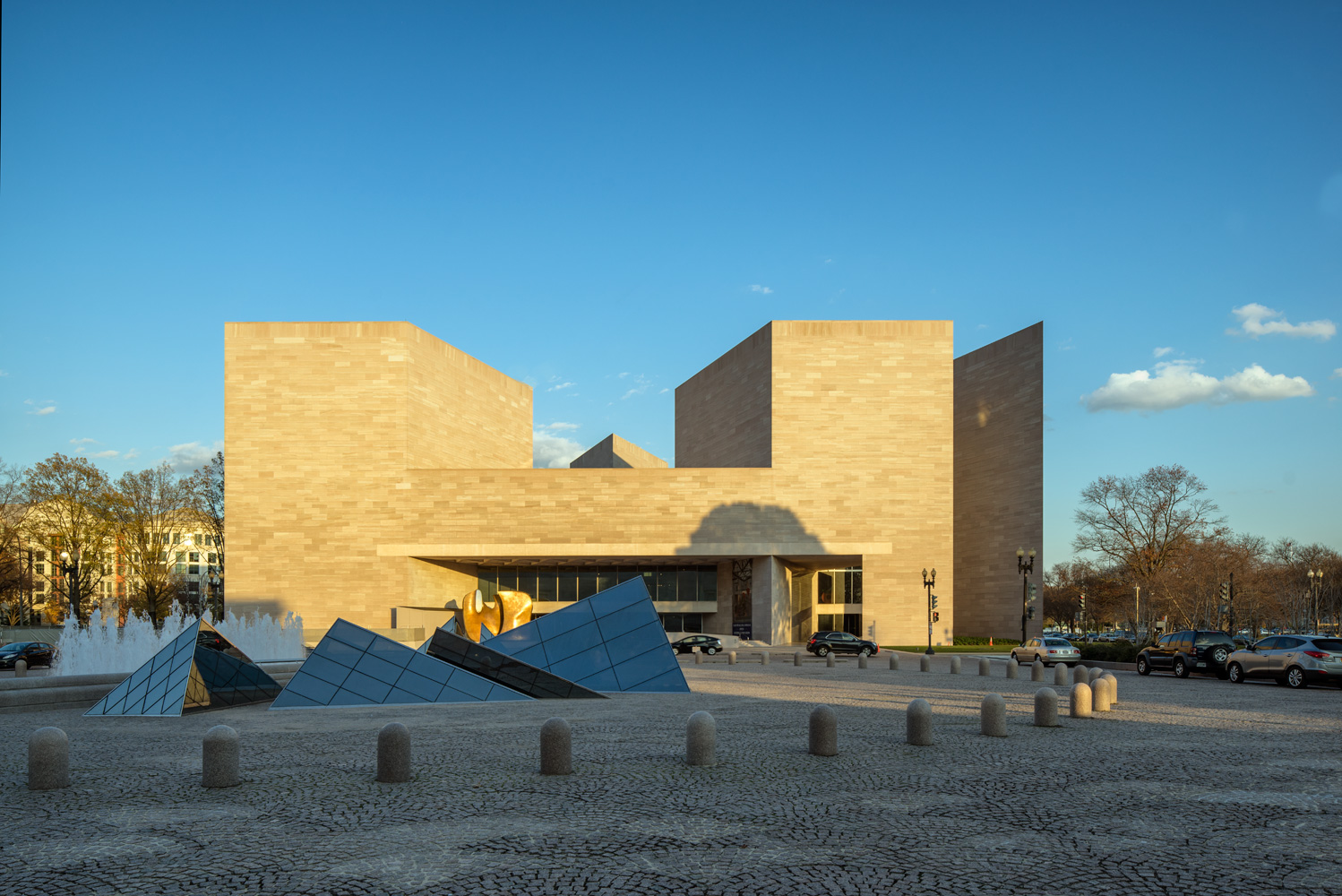-

The National Gallery of Art – East Building -

The National Gallery of Art – East Building -

The National Gallery of Art – East Building -

The National Gallery of Art – East Building -

The National Gallery of Art – East Building -

The National Gallery of Art – East Building -

The National Gallery of Art – East Building -

The National Gallery of Art – East Building -

The National Gallery of Art – East Building -

The National Gallery of Art – East Building

The National Gallery of Art – East Building 
The National Gallery of Art – East Building 
The National Gallery of Art – East Building 
The National Gallery of Art – East Building 
The National Gallery of Art – East Building 
The National Gallery of Art – East Building 
The National Gallery of Art – East Building 
The National Gallery of Art – East Building 
The National Gallery of Art – East Building 
The National Gallery of Art – East Building

